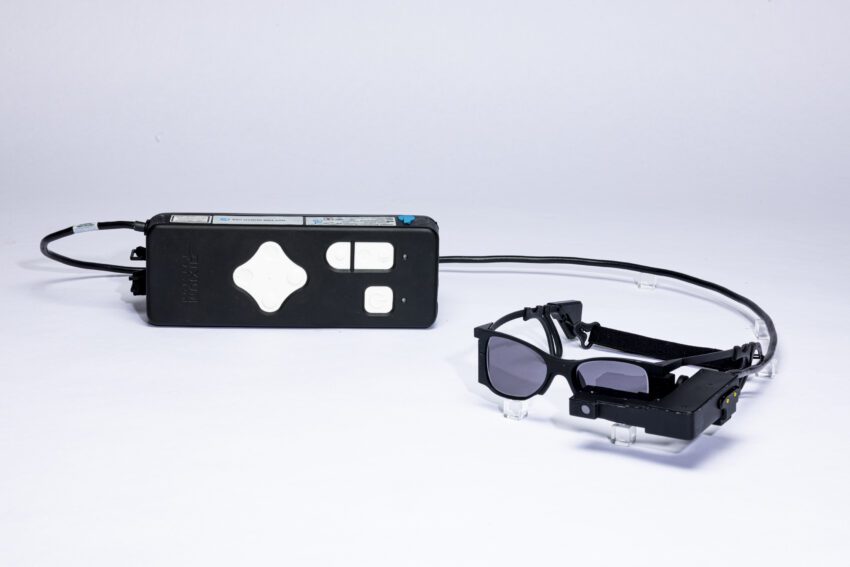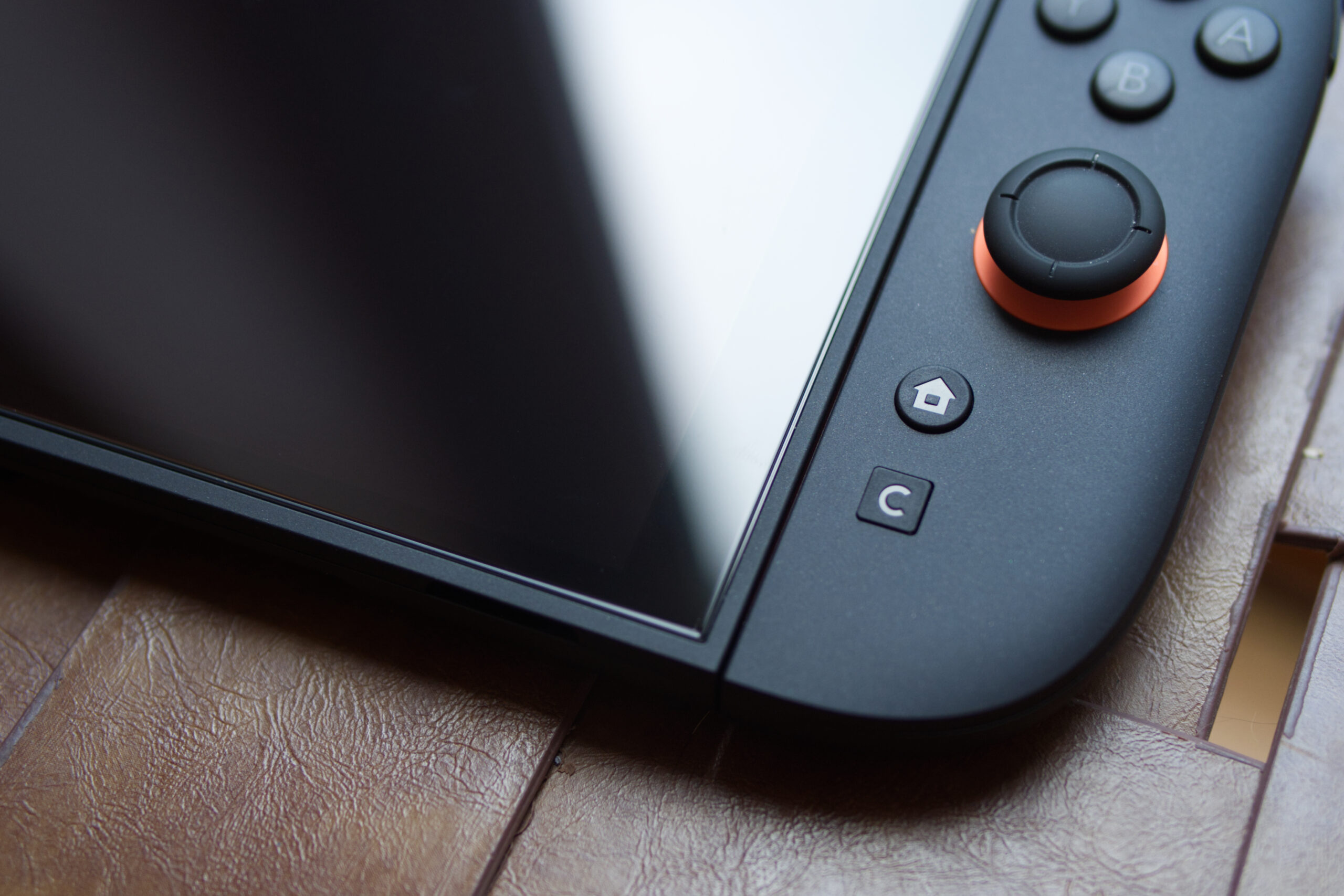
an eye implant and smart glasses restore Recent advancements in vision restoration technology have led to the successful pairing of an eye implant with smart glasses, allowing several dozen patients to regain some of their lost vision.
an eye implant and smart glasses restore
Overview of the Study
A groundbreaking study published in The New England Journal of Medicine has revealed promising results for individuals suffering from age-related macular degeneration (AMD). This progressive form of blindness affects the central vision, rendering tasks such as reading and recognizing faces increasingly difficult. The study involved a cohort of patients who received a retinal implant, which was paired with a set of smart glasses designed to enhance their visual capabilities.
Understanding Age-Related Macular Degeneration
Age-related macular degeneration is a leading cause of vision loss among older adults. The condition primarily affects the macula, the part of the retina responsible for sharp, central vision. As the disease progresses, cells in the macula deteriorate, leading to a gradual loss of vision. Unfortunately, there is currently no cure for AMD, making the development of assistive technologies crucial for improving the quality of life for those affected.
The Technology Behind the Implant
The retinal implant used in this study is a compact device measuring just 2 by 2 millimeters. It is composed of tiny photovoltaic solar panels that are surgically implanted beneath the retina. This innovative technology works in conjunction with smart glasses equipped with cameras that capture the visual environment.
How the System Works
The smart glasses are designed to transmit zoomed-in images to the retinal implant using near-infrared light. Once the images are captured, the implant converts them into small electrical signals that stimulate the optic nerve. This process mimics the natural function of healthy retinal cells, allowing patients to perceive visual information despite the degeneration caused by AMD.
Patient Experience and Outcomes
The clinical trial initially enrolled 38 patients who received the retinal implant. Out of these, 32 participants completed the study over a one-year period. Remarkably, by the end of the trial, 26 of the 32 patients—an impressive 80 percent—reported improved vision compared to their baseline measurements. While the restored vision is not perfect, with patients experiencing only blurry images in black and white, the results have been described as “amazing” by experts not involved in the study, according to The New York Times.
Implications of the Findings
The implications of this research are significant, particularly for the aging population. As the number of individuals diagnosed with AMD continues to rise, innovative solutions like this retinal implant could provide a much-needed lifeline. The ability to perform everyday tasks such as filling out crossword puzzles and reading regular books can greatly enhance the quality of life for those affected by vision loss.
Broader Impact on Vision Restoration Technologies
This study not only highlights the potential of retinal implants but also underscores the importance of interdisciplinary collaboration in medical technology. The successful integration of hardware and software in this case exemplifies how advancements in one field can lead to breakthroughs in another. As researchers continue to explore the possibilities of vision restoration, this study may pave the way for further innovations in the realm of assistive technologies.
The Role of Science Corporation
The technology behind this retinal implant was developed by Science Corporation, a brain-computer interface company. Founded by Max Hodak, who co-founded Neuralink with Elon Musk in 2016, Science Corporation has made significant strides in the field of medical technology. In 2024, the company acquired the retinal implant technology from the French medical device company Pixium Vision, which had struggled financially after a decade of development.
The Journey of Retinal Implant Technology
Pixium Vision’s journey mirrors that of other companies in the vision prosthesis space, such as Second Sight Medical. After facing financial difficulties, Second Sight’s technology was also rescued by a startup, allowing clinical trials to continue. This pattern highlights the challenges faced by companies in the medical technology sector, where funding and resources can be significant barriers to innovation.
Future Directions and Research
While the results of this study are promising, researchers acknowledge that there is still much work to be done. The current technology provides only limited vision, and further advancements are necessary to enhance the quality and range of visual perception. Future research may focus on improving the resolution of the images transmitted to the retinal implant, as well as exploring the potential for color vision restoration.
Potential for Broader Applications
The technology developed for this retinal implant could have broader applications beyond AMD. Researchers are exploring the possibility of adapting similar systems for other forms of vision loss, including retinitis pigmentosa and other retinal diseases. As the understanding of the underlying mechanisms of these conditions improves, targeted therapies may emerge, further expanding the potential impact of this technology.
Stakeholder Reactions
The response from the medical community has been overwhelmingly positive, with many experts expressing optimism about the potential of this technology. The ability to restore even a fraction of vision in patients with AMD is seen as a significant breakthrough. However, some caution that while the results are encouraging, they should be viewed in the context of ongoing research and development.
Patient Perspectives
For the patients involved in the study, the results have been life-changing. Many have expressed gratitude for the opportunity to regain some level of independence and engage in activities they once enjoyed. The emotional and psychological benefits of improved vision cannot be understated, as patients report feeling more connected to their surroundings and less isolated.
Conclusion
The successful pairing of a retinal implant with smart glasses represents a significant advancement in the field of vision restoration. As researchers continue to refine this technology and explore its applications, the potential for improving the lives of individuals with vision loss becomes increasingly tangible. While challenges remain, the progress made thus far offers hope for a future where more individuals can reclaim their vision and enhance their quality of life.
Source: Original report
Was this helpful?
Last Modified: October 21, 2025 at 1:37 am
2 views














